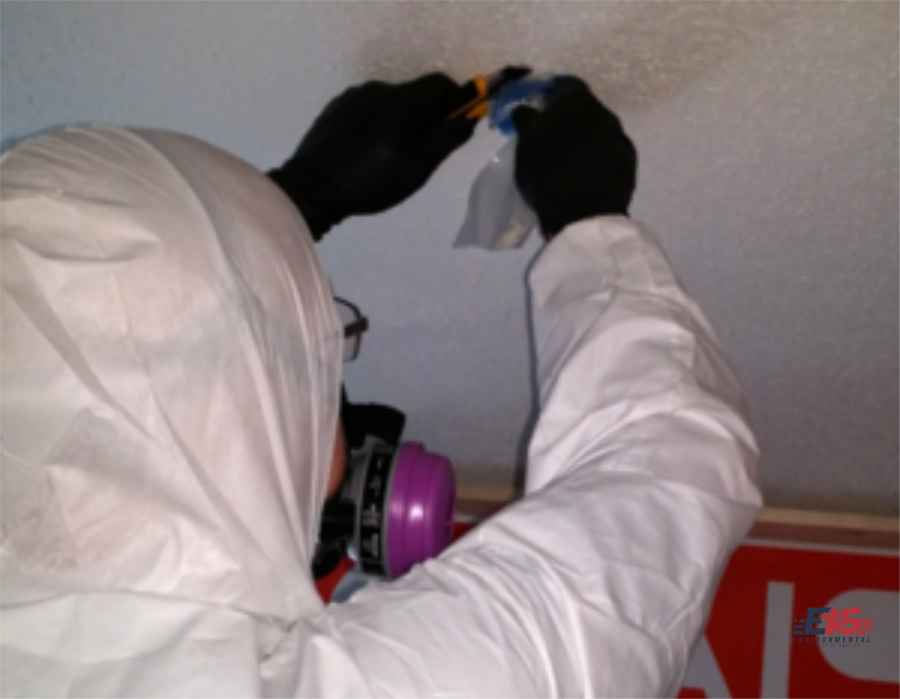
Five Myths About Asbestos IN GEORGIA!
Although asbestos usage has been controlled by government agencies since the 1970s, it may still be found in many U.S. ...
Read More >
Open 24/7
Call: 706-425-9374
A homeowner can first decide if the material composition of a current popcorn ceiling poses a health danger before attempting some kind of project on it. Asbestos, a naturally occurring fibrous silicate mineral, was the preferred material for popcorn ceilings until it was declared a health threat in 1978. Manufacturers turned to paper fiber that year, but manufacturers continued to market asbestos-laced pulp in traditional shops. As a result, popcorn ceilings built as recently as the mid-1980s can contain asbestos and, when disturbed, scatter microscopic fibrils believed to cause lung-scarring illnesses and even lung cancer if inhaled.

The recommendation is the same if your popcorn ceiling contains 1% or 10% asbestos. As long as the area is totally undisturbed or adequately encapsulated, it would not harm your health. In the long term, hiring a specialist to eliminate it is the best option. A higher concentration of asbestos is harmful, but popcorn ceilings are hazardous even though they contain just a few percent asbestos.
Once the prevalence of asbestos is established, our advice is to eliminate it immediately.
Please contact us for more information:

Although asbestos usage has been controlled by government agencies since the 1970s, it may still be found in many U.S. ...
Read More >

5 keys to determine if asbestos in home Asbestos is one of those substances that almost everyone knows is harmful, ...
Read More >

At Es America, we frequently encounter clients who are perplexed and upset by the various information they receive from inspection ...
Read More >